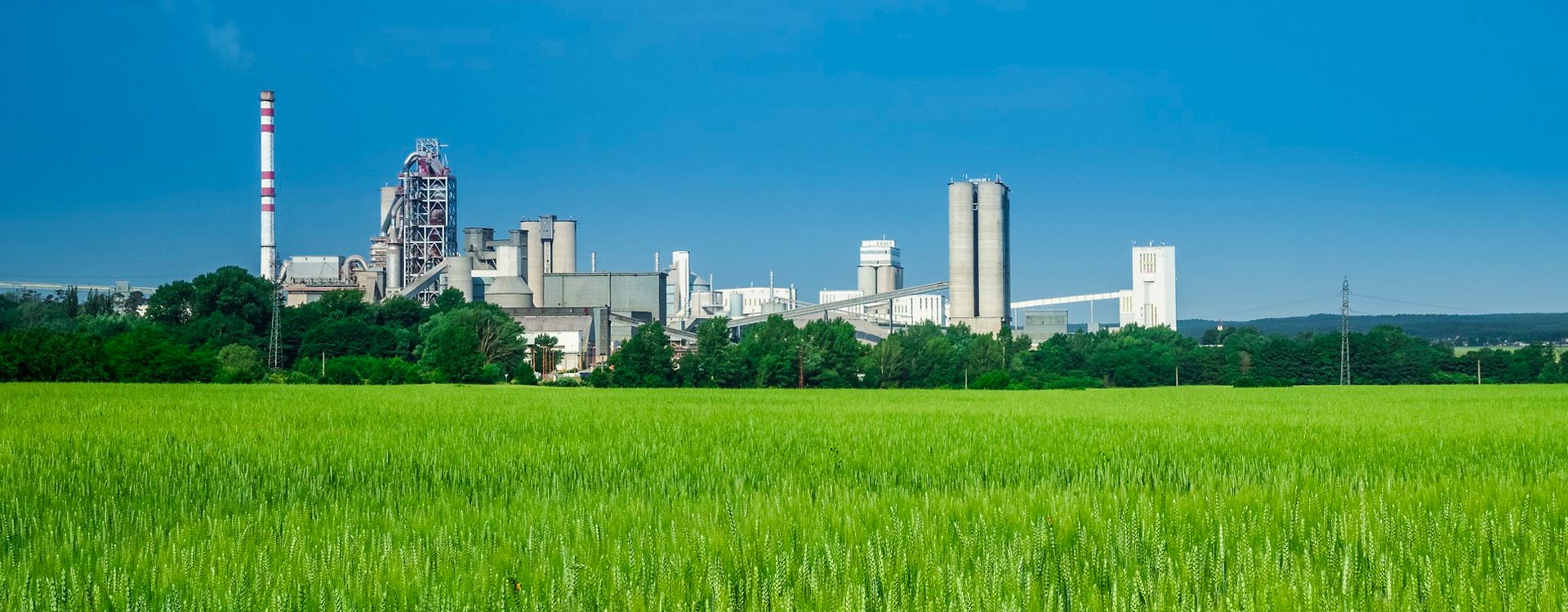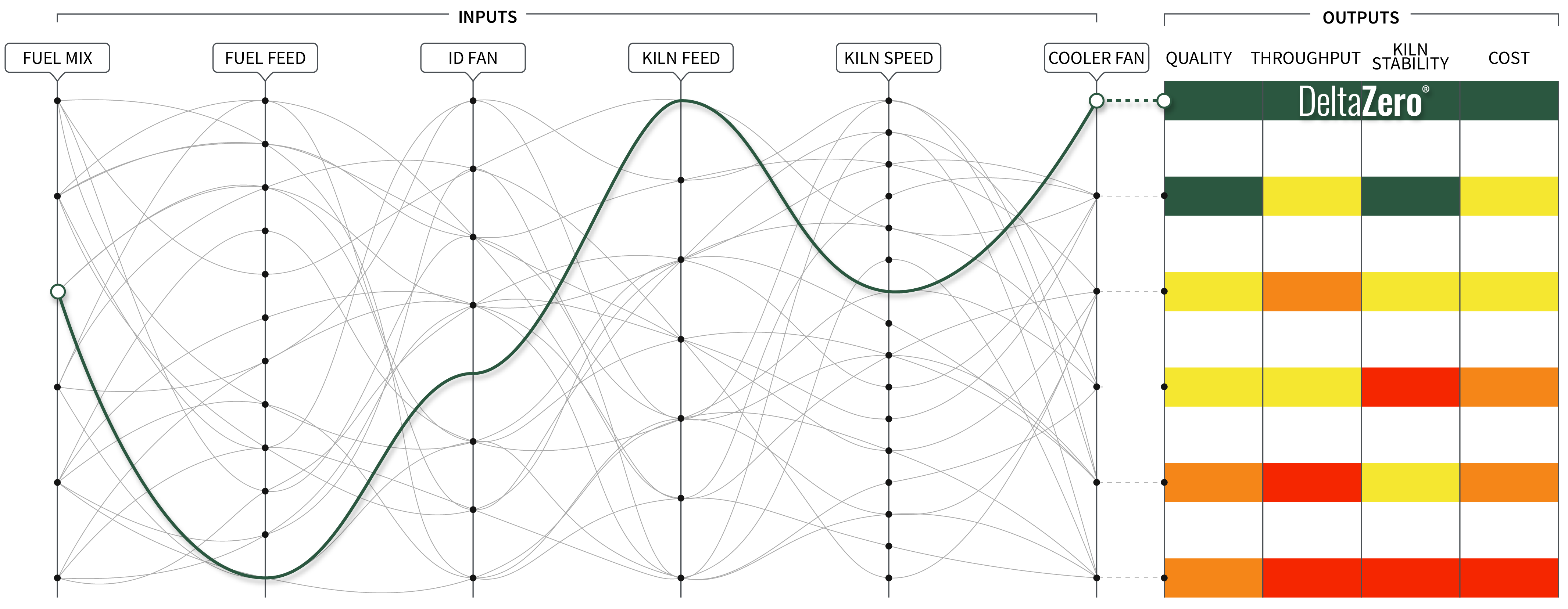We all have good days and bad days – and the cement industry is no exception. The difference between these two extremes can have a significant impact on fuel cost and on fuel-derived emissions, which is why optimal performance is crucial for any cement plant. In an industry with razor-thin margins, reductions in fuel costs and carbon taxes can make a huge impact on competitiveness, plants must stay flexible to respond to changing market conditions.
That’s easier said than done when you factor in all the variables that go into running a cement plant, and harder still when managing alternative fuels on top of conventional ones. But every cloud has a silver lining – the challenge of closing the gap between good days and bad days represents a valuable opportunity to reduce fuel costs and reduce fuel-derived emissions by as much as 20%.
Until now, technology has been of limited use when it comes to closing this gap. Think of it like cruise control in a car – expert systems have been developed to keep cement plants operating in a particular range. But the very latest technology acts more like a SatNav – guiding plant operators to take the best route, given today’s conditions. The emphasis is on guiding operators, though, not running plants automatically – we’re not talking about autonomous vehicles.
So why has optimal performance proved so elusive until now? Part of the problem is that putting sensitive scientific instruments into extremely high-temperature environments and gas streams is not a recipe for accurate sensor readings. There is a substantial time lag between a chemical sample being taken and the value being reported to operators. Equipment, such as weigh-feeders, may need recalibration, and these errors can be hard to spot. Yet that is what traditional technology has relied upon to steer plant operations – so it’s no surprise that things veer slightly off course from time to time.
Now, for the first time, technology is offering a way to make every day a good day in cement plants – taking what used to be a plant’s top 10% performance and making that a typical day. The secret of success lies in employing modern, state-of-the-art Artificial Intelligence (AI), in particular, the use of machine learning (ML) to fine-tune a plant’s operations.
Our industrial decarbonisation platform uses historical plant data – such as feed rates, sensor data and chemical sampling – to build a ‘digital twin’ model of each individual cement plant. It is not a theoretical simulation of an ideal cement plant – it is an accurate model tailored to each specific real plant, based on its own operating data, with the data cross-checked to ensure accuracy.
AI algorithms then use the model to run sophisticated simulations covering different combinations of input conditions, such as raw material quality or alternative fuel composition, and test the impact of different modes of operation. ML makes it possible to accurately predict a plant’s performance, given any specific input conditions. A day’s simulation covers the equivalent of 100 years of cement plant operation, allowing the algorithm to quickly learn the optimum control parameters for any set of circumstances.


